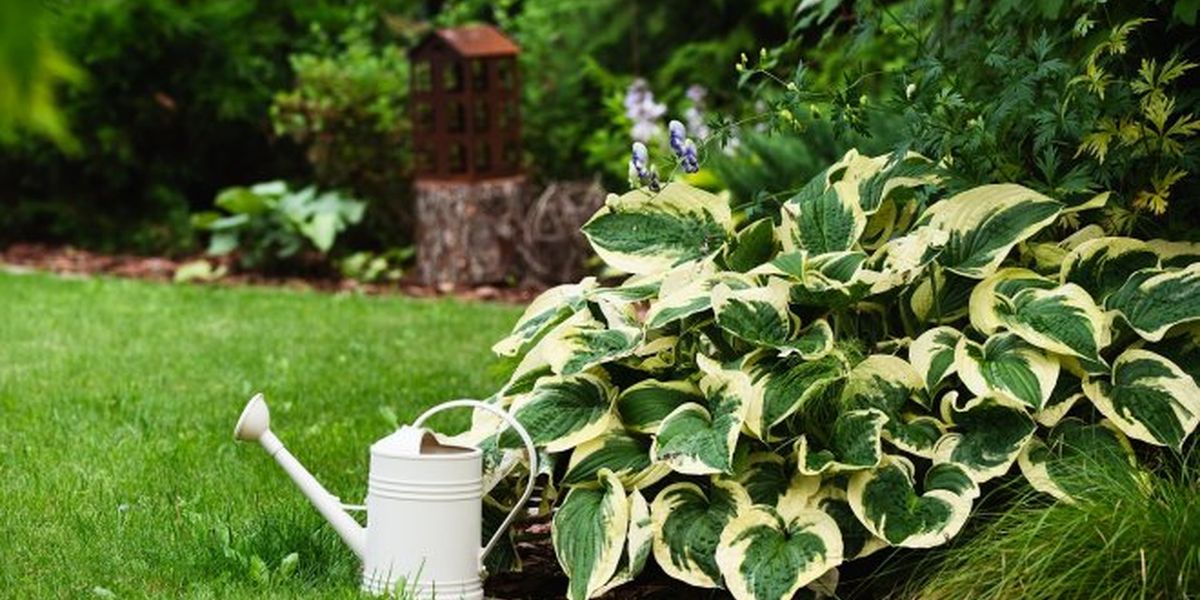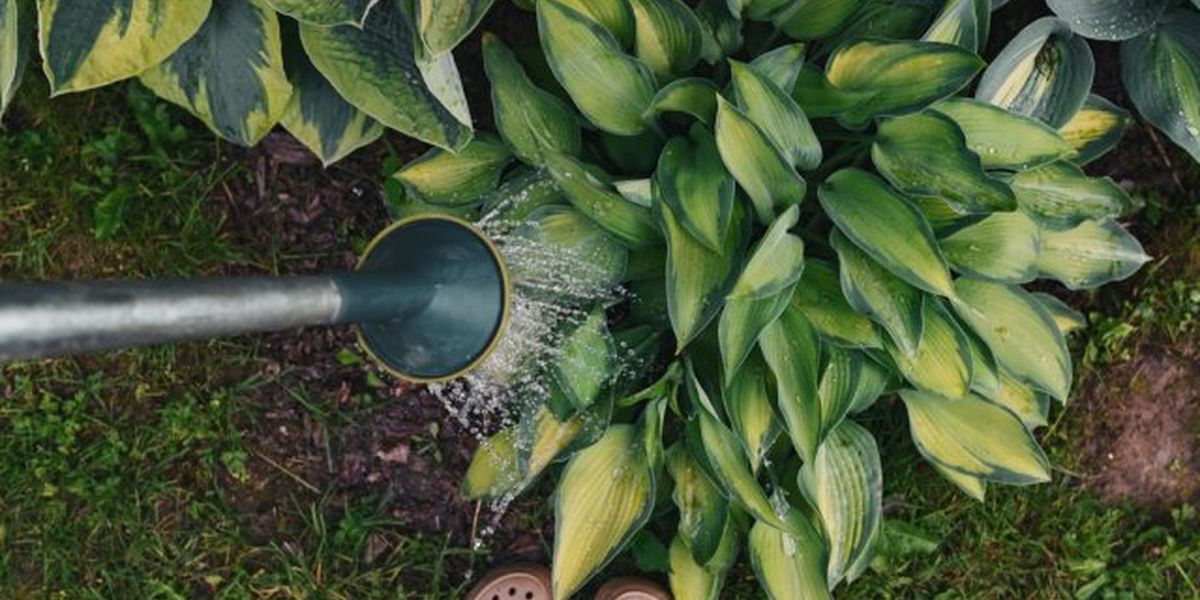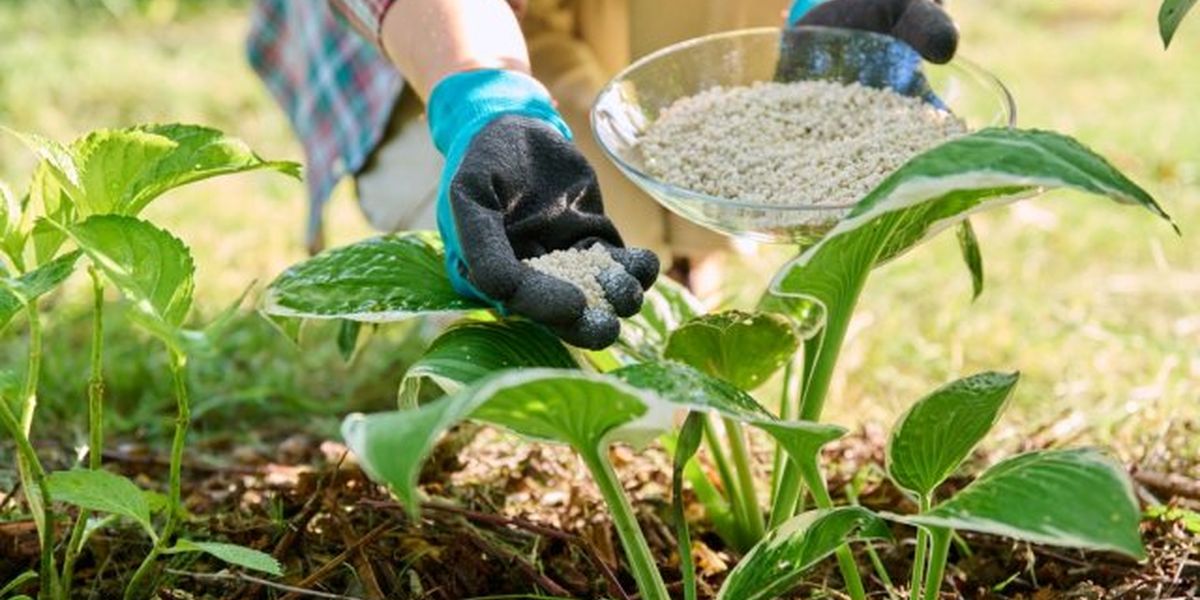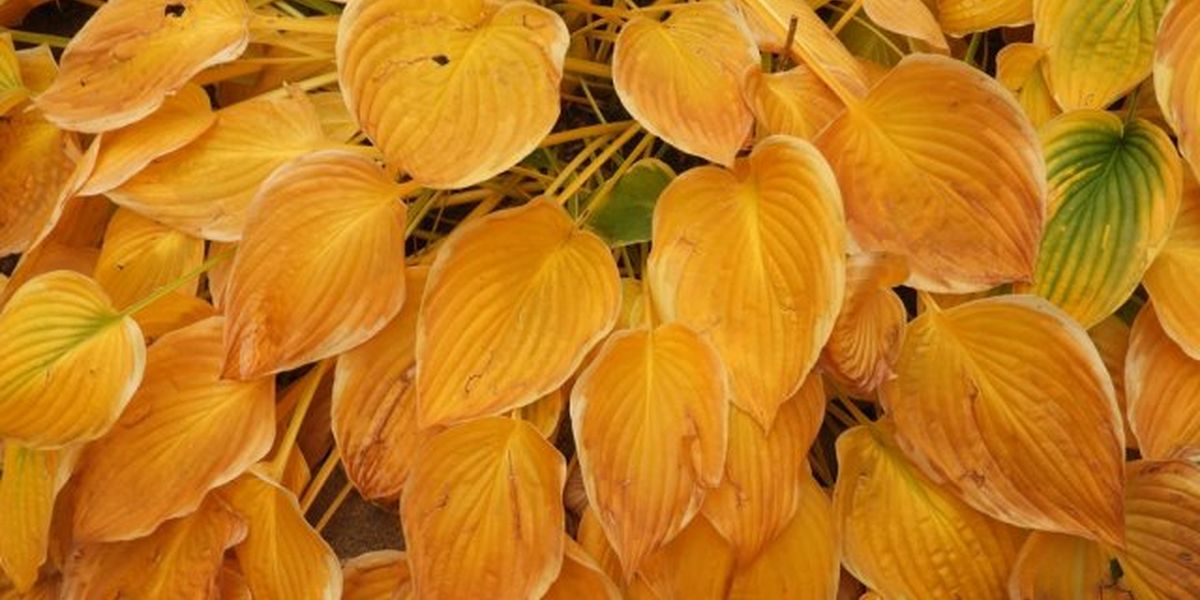It is commonly believed that the hosta does not need any care at all. But from two identical bushes growing in similar conditions, you will unmistakably determine the one that receives at least a minimum of care from the gardener.

Hostas are amazing plants that amaze with their diversity and beauty. The palette of their foliage includes not only all sorts of shades of green, but also unusual colors: from pale blue to silvery-gray, from golden yellow to snow-white. Variegated varieties are especially popular with gardeners - they allow you to give free rein to your imagination, creating unusual landscape compositions in combination with flowering perennials, ornamental shrubs and conifers.
One of the main advantages of hostas is their exceptional unpretentiousness. They coexist well with other crops, are highly resistant to diseases and winter well in a temperate climate. The versatility of hostas allows them to be grown both in open ground and in containers, and the plants feel great even in shaded corners of the garden.

Choosing the right place for a hosta is the key to its good health, long life and high decorative value. A semi-shaded area protected from drafts is considered optimal, where the sun's rays fall either in the morning (before 12 o'clock) or closer to the evening.
Although hostas do not require special care, knowledge of some of the intricacies of growing will help to reveal the full potential of these beauties. With the right approach, they can turn a garden into a real oasis in just 2-3 years. Having mastered simple care techniques, you will be able to fully appreciate all the delights of the hosta and create a unique landscape design.
How to water hostas correctly

The decorativeness of hostas depends on the condition of the foliage: healthy, juicy leaves with a spectacular two- or three-color coloring invariably attract admiring glances. However, such lush foliage evaporates a large amount of moisture, so regular watering is a prerequisite for the successful cultivation of hostas. With a lack of moisture, the leaves quickly lose turgor and wither, the plant develops more slowly.
Watering should be done in the morning or evening hours, when solar activity is minimal. Water should flow exclusively under the root of the plant. It is important to avoid moisture getting on the leaves: during the day, acting as small lenses, drops of liquid can cause burns, and on a cool night, excess moisture creates a favorable environment for the development of fungal diseases.
The depth of watering plays an important role in caring for hostas - stagnation of water at the roots is unacceptable. The soil should be moistened to a depth of 10-15 cm, and then carefully loosened to improve root aeration and prevent crust formation on the soil surface.
What and when to feed hostas

When planted in fertile soil enriched with compost, hostas do not require additional feeding in the first years. However, as the bushes grow and increase in size, there is a need for additional nutrition.
For adult plants (3 years and older), spring application of nitrogen is of great importance - it helps to build up lush green mass. Hostas respond especially well to organic matter, so it is recommended to use mullein infusion as a nitrogen fertilizer (proportion 1:10 with clean water). The first feeding is carried out in May, the second - in June. It is important not to shift the timing to the middle and end of summer, because excess nitrogen at this time will lead to problems with the wintering of the plant.
For application under hostas, you can also use mineral fertilizers:
- urea or ammonium nitrate (1 tbsp. per bucket of water) - used for watering in the spring when the first shoots appear and at the beginning of summer;
- superphosphate (40 g per sq.m) and potassium sulfate (30 g per sq.m) - applied as root dressing until mid-August.

Specialized complexes for ornamental foliage plants show the best results when feeding hostas. Preparations in the form of a liquid concentrate are diluted in water according to the instructions and applied under the root. Granular fertilizers can either be dissolved in water or dug into the moistened soil around the bush.
At the end of the season, when preparing hostas for the autumn-winter cold, it is recommended to mulch the soil under the bushes with organic matter: compost, leaf or coniferous humus or rotted manure. This will help, firstly, to insulate the root system of plants for successful wintering, and secondly, to enrich the soil with useful substances that the hostas will receive as the organic matter decomposes.
Reproduction and transplantation of hostas

Rejuvenation of hostas is an important procedure for maintaining their decorative effect, so the bushes need to be divided every 6-10 years. The need for rejuvenation can be determined by two signs: compaction of the central part of the bush and a decrease in the size of the leaves.
The most favorable time for dividing and transplanting hostas is considered to be spring (late April - mid-May). During this period, the bushes are easy to divide without damaging the leaves, and there is still the entire summer season ahead - young divisions will have enough time to root.
The summer-autumn period is also suitable for reproduction, although it is more stressful for the plant. The advantage of this time is the opportunity to better assess the size and appearance of the bush when choosing a planting site, but it is important to have time to carry out the procedure at least a month before the first frost.
The division process includes several stages:
- A mature hosta bush needs to be dug around in a circle and carefully removed from the soil, using a pitchfork or shovel as a lever;
- Use a sharp tool to divide the bush into parts so that each division has 2-3 buds and part of the rhizome;
- Immediately plant the divisions in a new place, water generously and shade from direct sunlight for the first couple of days.
It is best to dig and divide on a cloudy day or in the evening, and in hot weather, the leaf blades should be cut in half to reduce evaporation. In the first two weeks after transplanting, it is important to maintain constant soil moisture.
How to prepare hostas for winter

Despite their general endurance and frost resistance, hostas can suffer seriously during periods of snowless winters. An additional danger is posed by pests, which often hide in large leaves for the winter, and attack young shoots with the onset of spring. This is why it is so important to properly prepare plants for the cold season.
Comprehensive preparation of hostas for winter includes several important stages: application of specialized autumn fertilizers, abundant watering in the absence of precipitation, removal of flower stalks and dry leaves.
The issue of pruning leaves causes a lot of controversy among gardeners. Those who consider it important to protect hostas from pests and fungal diseases "vote" for pruning. Opponents of the procedure see additional protection of the root system from the cold in the foliage.
We think that a differentiated approach to pruning is optimal. It is worth trimming adult large-leaved plants to a height of about 10 cm, and it is better to leave young specimens and small-leaved hostas with leaves.
Regardless of the pruning strategy chosen, it is necessary to mulch the soil around the plants with dry peat or fallen leaves. To protect against pests, it is worth adding tobacco dust to the mulch, and to prevent fungal diseases, wood ash. If forecasters promise a harsh winter, it is useful to add a cover of spruce branches or agrotextile on top.
If you have not yet paid attention to your hostas in the coming season, now is the best time for nitrogen fertilizing.
Write a comment